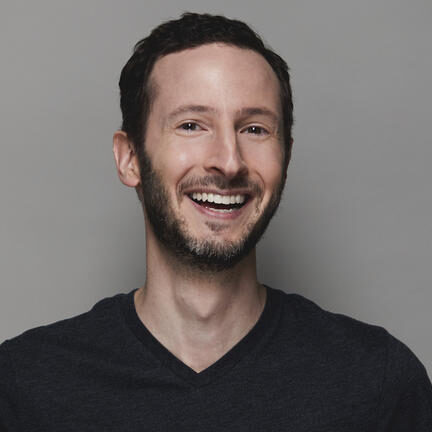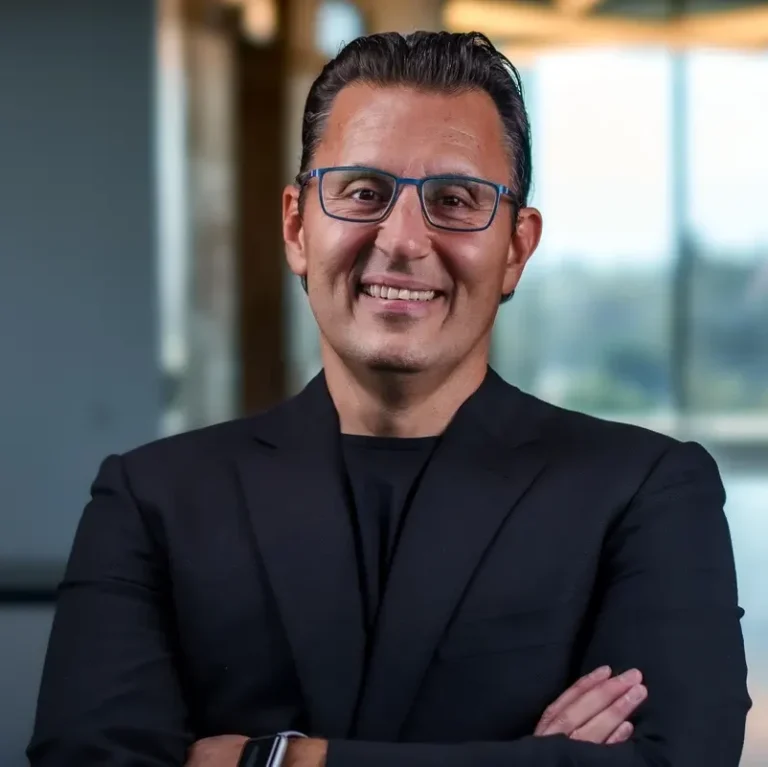
April 13, 2023
Jason Feifer, Editor in Chief of Entrepreneur Magazine
Engaging Next-Gen Entrepreneurs – Jason Feifer, Entrepreneur Magazine
Like many of you, I was an early reader of Entrepreneur Magazine. First published in 1976, it has been a go-to source for small businesses and aspiring entrepreneurs for decades—and is now read by millions of people around the world. The groups thoughtful and talented Editor in Chief, Jason Feifer, has been rebooting Entrepreneur into a broader platform, while hosting two podcasts—Problem Solvers and Help Wanted—and writing a new book, Build for tomorrow.
Jason joined me for an episode of the Reboot Chronicles to talk about his journey and the future of thinking and entrepreneurship.
So, What Is Entrepreneur?
At this time, it is not a magazine just about business, it is a platform about thinking. Thinking speaks to the core of what any entrepreneur is called to do. From thinking, ideas develop which build into processes that become experiences. Multiple experiences build intuition. Jason mentions that all these experiences and emotions are shared by all entrepreneurs. Creating a space where entrepreneurs feel comfortable and find solace in sharing failures, struggles and all they have learned is paramount. He doesn’t discount the importance of business strategy, but these experiences build a connection, which ultimately accomplishes the task of helping others. From these ideas you begin to build experiences, which can be shared and spoken about. These experiences bring lessons that speak to all things entrepreneurs have in common.
Many of these experiences are felt by all. if not shared, individuals begin to feel they are the only ones feeling these experiences or emotions. Jason points out that business strategy is important, but creating a space where people can feel comfortable and find solace in sharing failures, struggles and what they learned because of all this is paramount. After all, business is a very human pursuit. When people can bear all these stories, they can intricately make a connection and at the end accomplish the purpose of helping others.
Change Before You Must
Sam Calagione founded Dogfish, a brewery in Delaware. His first beer was a Nine percent IPA beer, followed by a more marketable six percent IPA, called 60 minute IPA. This was a great tasting beer that people loved. It took off in sales and was set to be 75% to 80% of all sales for Dogfish. With the phenomenal response, most would think this is exactly what you would want from any product in a business. Sam saw things differently. He saw the popularity for his one beer as a problem. He recognized tastes change, and there is no one style of beer that will be popular forever. He knew if he allowed this one beer to dominate his brand, when the 60 minute IPA was no longer the next hot thing on the market, it would take the whole brand down with it.
Sam made a business decision to cap the sales of his best-selling beer at 50%. This allowed Dogfish Head to introduce its full range of beers to buyers subsequently allowing his full range of beer exposure in stores and have a fair chance at being sold. This was ingenious and worked. Sam had no choice in his actions. The popularity of one beer alone would have ruined his company if he did not implement the cap strategy. The strategy clearly worked, because his brand became known as an innovative brand and was sold for $300 million a couple of years ago. Big takeaway from Jason is “You have to change before you must ”. If you wait till you must, you will not be making decisions that are best for the long-term growth of the company. You must focus on the purpose of the company.
Time Expands under pressure
So how does Jason keep doing so much, but manage to keep all things balanced, aligned and in check? Where does he find the time? This is a common question for many entrepreneurs. It’s a mental thing. It’s all about how you condition your mind to see things. Jason’s response is rooted in Parkinson’s Law, an old adage that says: ”Work expands to fill the time allotted for its completion.” For Jason, time is like a balloon, you don’t expand the balloon and then fill it with air, you fill the balloon with air, which then expands the balloon that is under pressure and the air fits in.
This is the same thing as time expands under pressure. As you take on something new, it forces you to strongly consider the things you are currently doing, by asking some tough questions about the validity of current projects. Prioritization becomes important and questions about if it’s time to seek help handling some tasks is now relevant. Being forced to rethink and adjust to make room for new things is the key to keeping things balanced, while adding new initiatives.
Build For Tomorrow…Stop The Panic
Jason’s book Build for tomorrow is an excellent read, He shares what he has learned in many conversations with various entrepreneurs and change makers. How do we deal with change? Can we learn to embrace change and thrive in it? Change is inescapable, it will always come. In Build for tomorrow Jason outlines the four phases of change. Panic, Adaptation, New normal and Wouldn’t go back. In our conversation, he states “the most successful people in business use panic to propel them forward. Others use panic to cling to what came before.” Jason encourages people to adapt to change and stop the panic.
Innovations Relevance Today
What can we learn from innovation? Innovation is continuous and does not stop. The human mind is curious and full of ideas. Like me, Jason is fascinated by history and points out that all things we now take as commonplace like the bicycle, radio and car, initially created doubt in the minds of many at their inception. They were seen as scandalous, dangerous, and threatening. Innovation will continue—but realize that the technological innovations of today that seem a threat will most likely be the norm of tomorrow.
The Danger Of Getting Into A Box
In one of Jason’s conversations in Build for tomorrow, the danger of staying in a box instead of being innovative is discussed. What happened to Kodak? Is it possible that Kodak misunderstood what business it was in? Perhaps it thought it was just in the business of making film and digital cameras, but in fact, it was in the business of sharing memories. In hindsight, they should have been innovative in the digital photos industry like Facebook.
Be Willing To Be Bad
Successful people are able to tolerate being bad long enough to get good, while everyone else gives up. In essence, any business or project will not be easy at first, learn to tolerate being bad in the beginning. Victory will eventually come.











